The Use Of Drones In Hurricane Damage Assessment
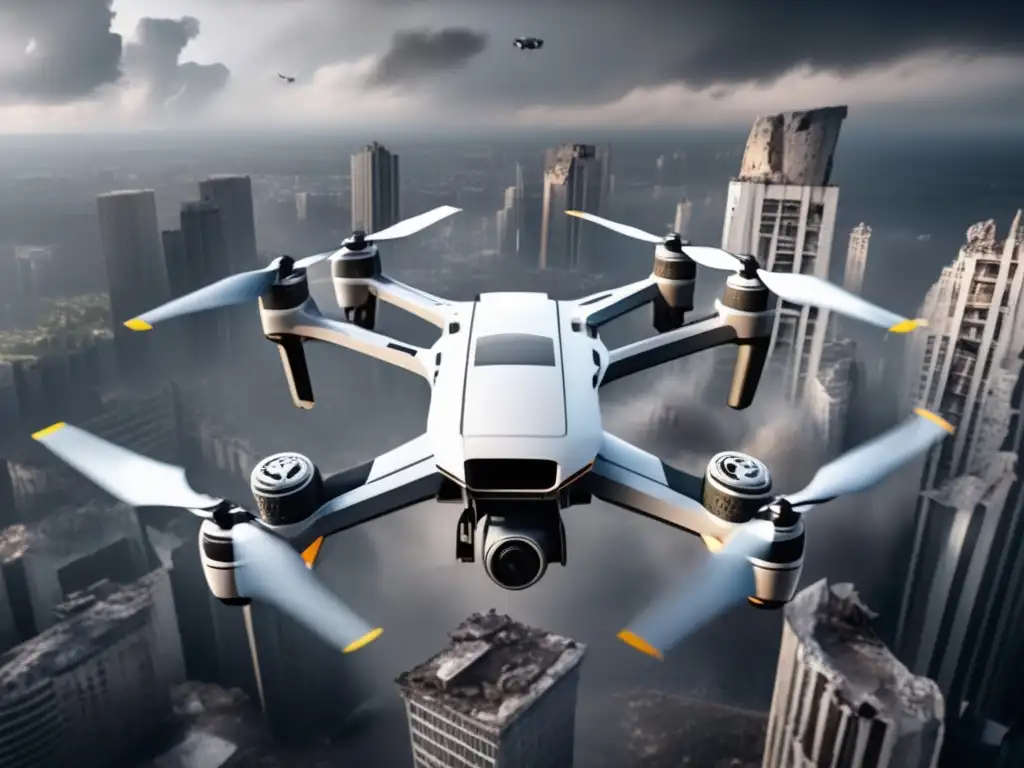
The Use of Drones in Hurricane Damage Assessment
Introduction
Hurricanes are one of the most destructive natural disasters, causing billions of dollars in damage every year. Hurricane damage assessment is a crucial part of disaster response and recovery efforts. Traditional methods of assessing damage can be slow, costly, and dangerous for workers. However, with advancements in technology, the use of drones has become an increasingly popular method of assessing hurricane damage. In this article, we will explore the use of drones in hurricane damage assessment and how they can improve disaster response and recovery efforts.
The Benefits of Using Drones in Hurricane Damage Assessment
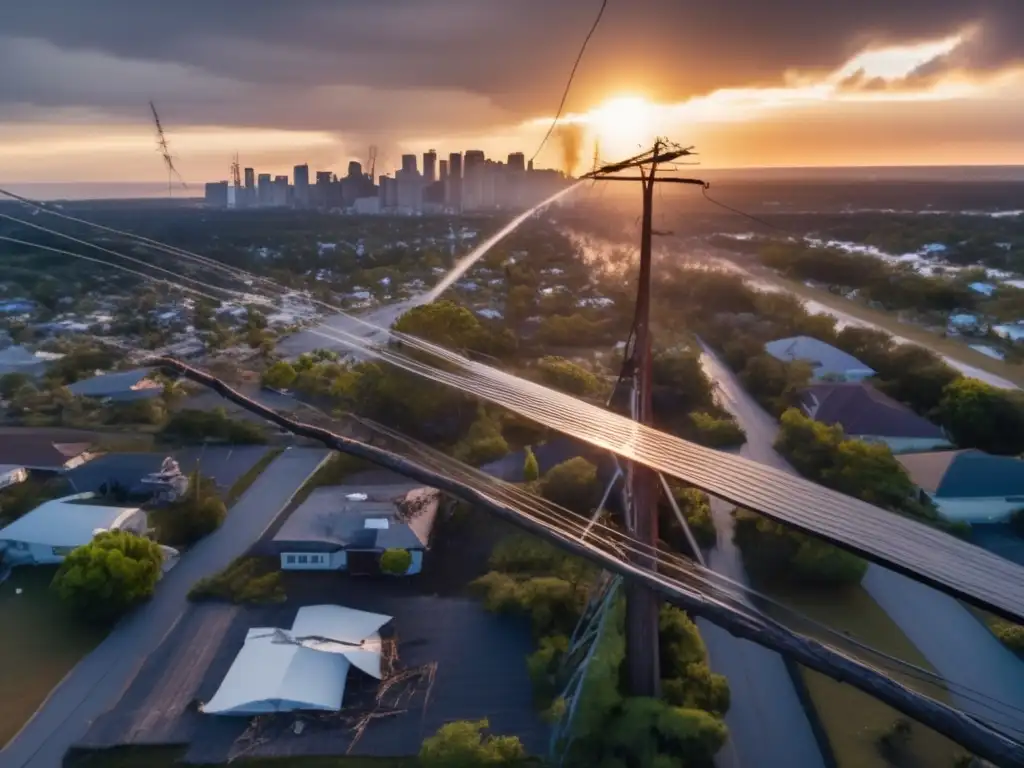
Improved Safety for Workers
Traditionally, assessing hurricane damage would require workers to physically inspect buildings, bridges, and other infrastructure, which can be extremely dangerous, especially when structures are unstable. With drones, workers can remotely inspect the damage, reducing the risk of injury or death. This increased safety was demonstrated in the aftermath of Hurricane Harvey in 2017, where a drone was used to assess the damage to a chemical plant that had experienced explosions due to flooding. By using a drone, workers were able to assess the damage without putting themselves in harm's way.
Cost-Effective
Drones are also a cost-effective method of assessing hurricane damage. Traditional methods of assessing damage can be time-consuming and expensive. For example, helicopters are often used to assess damage, but they’re far more expensive than drones. Drones are also more accessible than helicopters and can cover a larger area in a shorter amount of time. This makes them attractive to organizations that don't have access to helicopters or other expensive equipment.
Quick Response Time
The use of drones in hurricane damage assessment can also significantly reduce the response time for disaster recovery efforts. Drones can be launched quickly and easily, allowing for immediate damage assessment after a hurricane has passed. This rapid response can help organizations prioritize recovery efforts, such as clearing roads and restoring power, which can ultimately save lives.
Challenges in the Use of Drones for Hurricane Damage Assessment
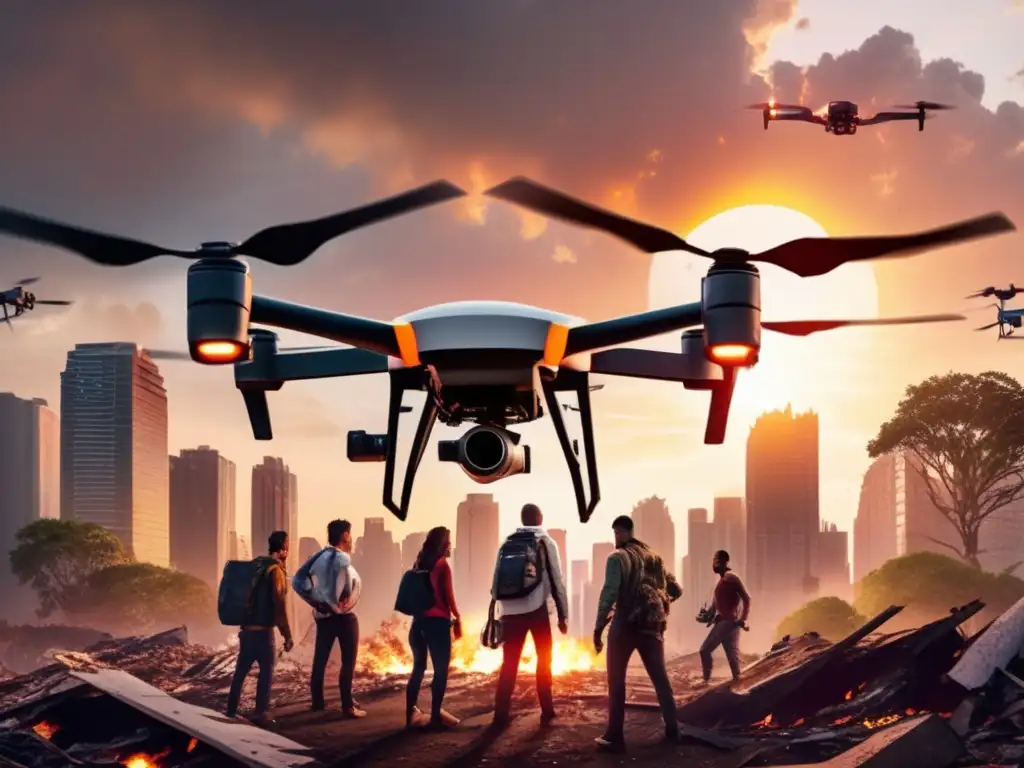
Regulation and Safety
The use of drones in hurricane damage assessment is subject to regulation and safety concerns. In the United States, the Federal Aviation Administration (FAA) regulates the use of drones for commercial purposes. Operators must obtain a commercial drone license and adhere to specific safety guidelines. Additionally, drones used in hurricane damage assessment must be equipped with cameras that can capture high-quality images and videos, which can be challenging in bad weather conditions.
Privacy and Security
Another challenge with the use of drones in hurricane damage assessment is privacy and security concerns. Drones equipped with cameras can capture images and videos of damage and potentially collect personal information, raising concerns about privacy violations. Additionally, drones can interfere with emergency services communications, making it difficult to coordinate disaster recovery efforts. To address these concerns, organizations must establish guidelines for the use of drones and ensure that they comply with all regulations and safety standards.
Weather Conditions
The weather conditions can also pose challenges for using drones in hurricane damage assessment. Hurricanes often bring strong winds and heavy rain, which can make it difficult for drones to fly safely. The wind can toss a drone around, and the rain can damage the camera equipment. To overcome these obstacles, operators must have specialized drones that can sustain extreme weather conditions.
Future of Drone Technology in Hurricane Damage Assessment

The future of drone technology in hurricane damage assessment looks promising. As drones become more advanced, they can be outfitted with additional sensors and cameras that can provide more detailed assessments of damage. For example, drones equipped with thermal imaging cameras can detect heat signatures that might indicate fires or gas leaks.
Additionally, drone technology is progressing towards autonomous flight, which can help reduce the workload of the operator and improve safety. Autonomous drones can fly preprogrammed routes and avoid obstacles, making them ideal for assessing large areas quickly.
Frequently Asked Questions
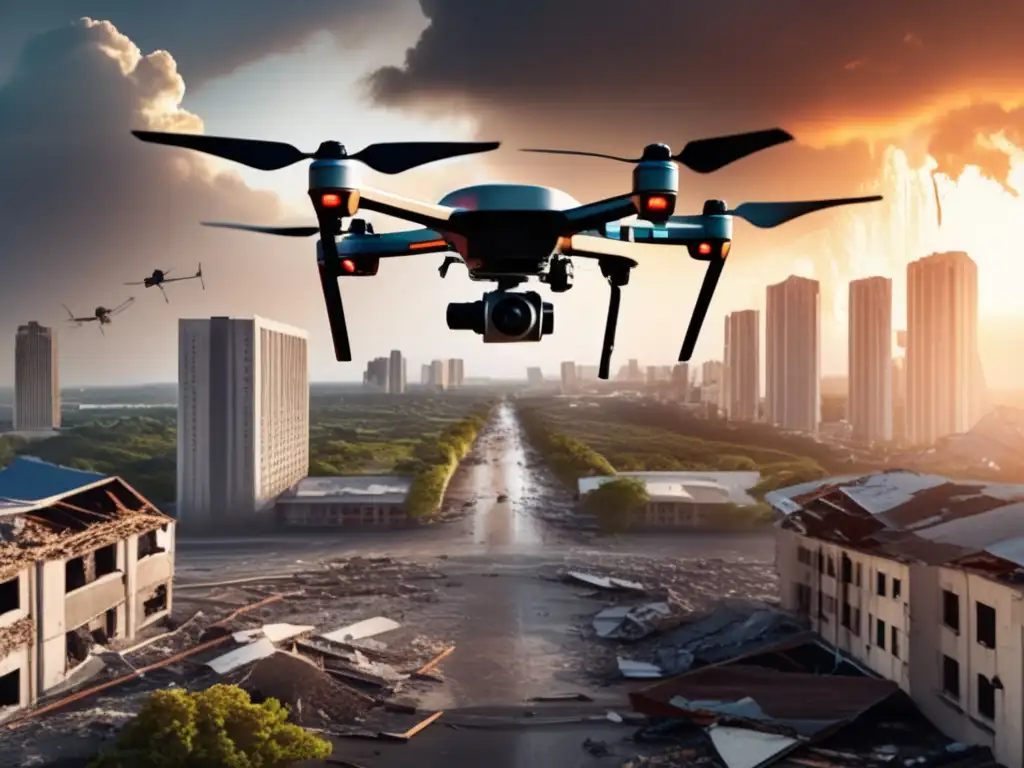
-
Can drones assess all types of hurricane damage?
Drones can provide a quick assessment of damage to buildings, bridges, and other infrastructure. However, they may not be able to assess damage to underground utilities or damage caused by flooding such as soil erosion or sinkholes.
-
What training is required to operate a drone for hurricane damage assessment?
Operators must obtain a commercial drone license from the FAA, which involves taking a test and complying with specific safety guidelines.
-
Can drones interfere with emergency services communication?
Yes, if operators are not careful, drones can interfere with emergency services communication. Therefore, it's crucial to follow guidelines and regulations established by the FAA and other governmental authorities.
-
What types of drones are best for hurricane damage assessment?
Specialized drones that can sustain extreme weather conditions and equipped with high-quality cameras are ideal for hurricane damage assessment.
-
Can drones replace human workers in hurricane damage assessment?
No, drones cannot replace human workers entirely. While drones can provide a quick assessment of damage, they may not be able to detect all types of damage. Human workers are still crucial in providing a more detailed assessment of hurricane damage.
Conclusion
The use of drones in hurricane damage assessment has many benefits, including improved safety for workers, cost-effectiveness, and quick response time. However, there are also challenges that need to be addressed, such as regulation, privacy and security concerns, and extreme weather conditions. As drone technology continues to advance, we can expect to see more sophisticated methods of hurricane damage assessment that will help improve disaster recovery efforts.
If you live in a hurricane-prone area, it's essential to stay informed about the latest technology available to assess damage. By understanding the benefits and challenges of using drones in hurricane damage assessment, you can better appreciate their role in disaster response and recovery efforts.
Additional Resources
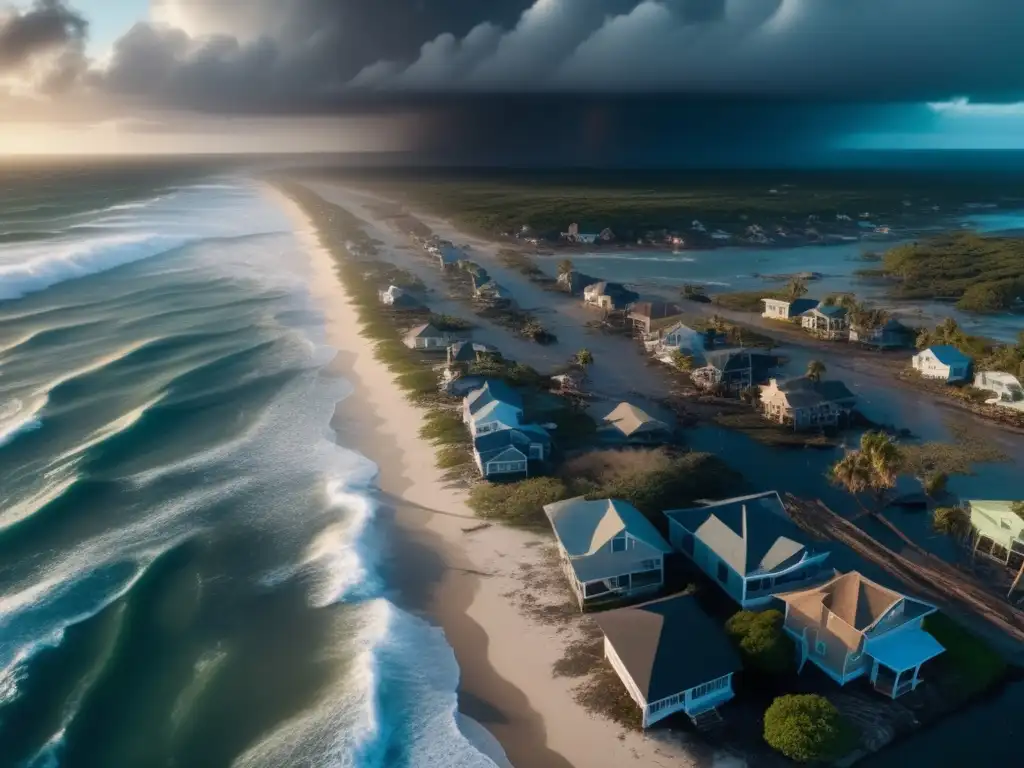
- Getting Started with Commercial Drone Operation Guidelines by FAA
- National Hurricane Center
- National Weather Service
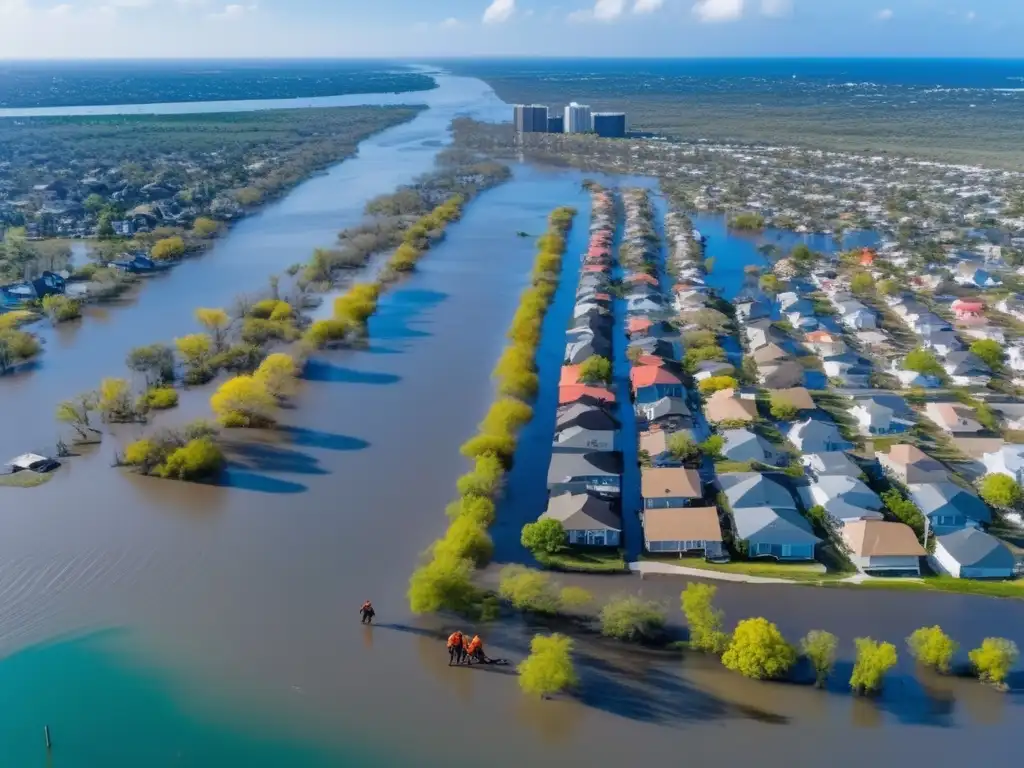 Cleaning Up Public Spaces After A Hurricane
Cleaning Up Public Spaces After A Hurricane Creating Safe Play Spaces For Children Post-Hurricane
Creating Safe Play Spaces For Children Post-Hurricane Contaminated Water: Safety Tips For Post-Hurricane Consumption
Contaminated Water: Safety Tips For Post-Hurricane ConsumptionIf you want to discover more articles similar to The Use Of Drones In Hurricane Damage Assessment, you can visit the Hurricane recovery: category.
Leave a Reply

Articulos relacionados: